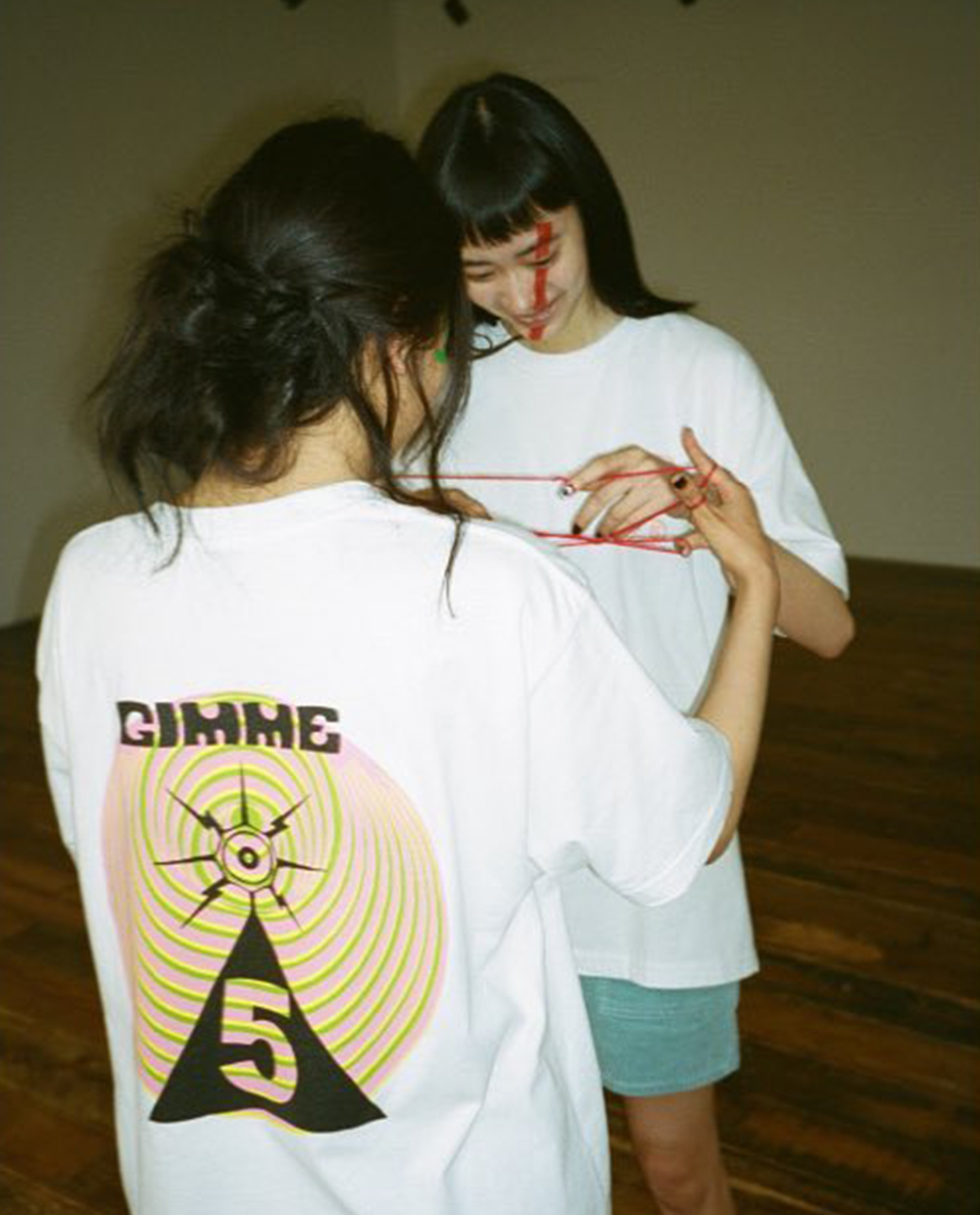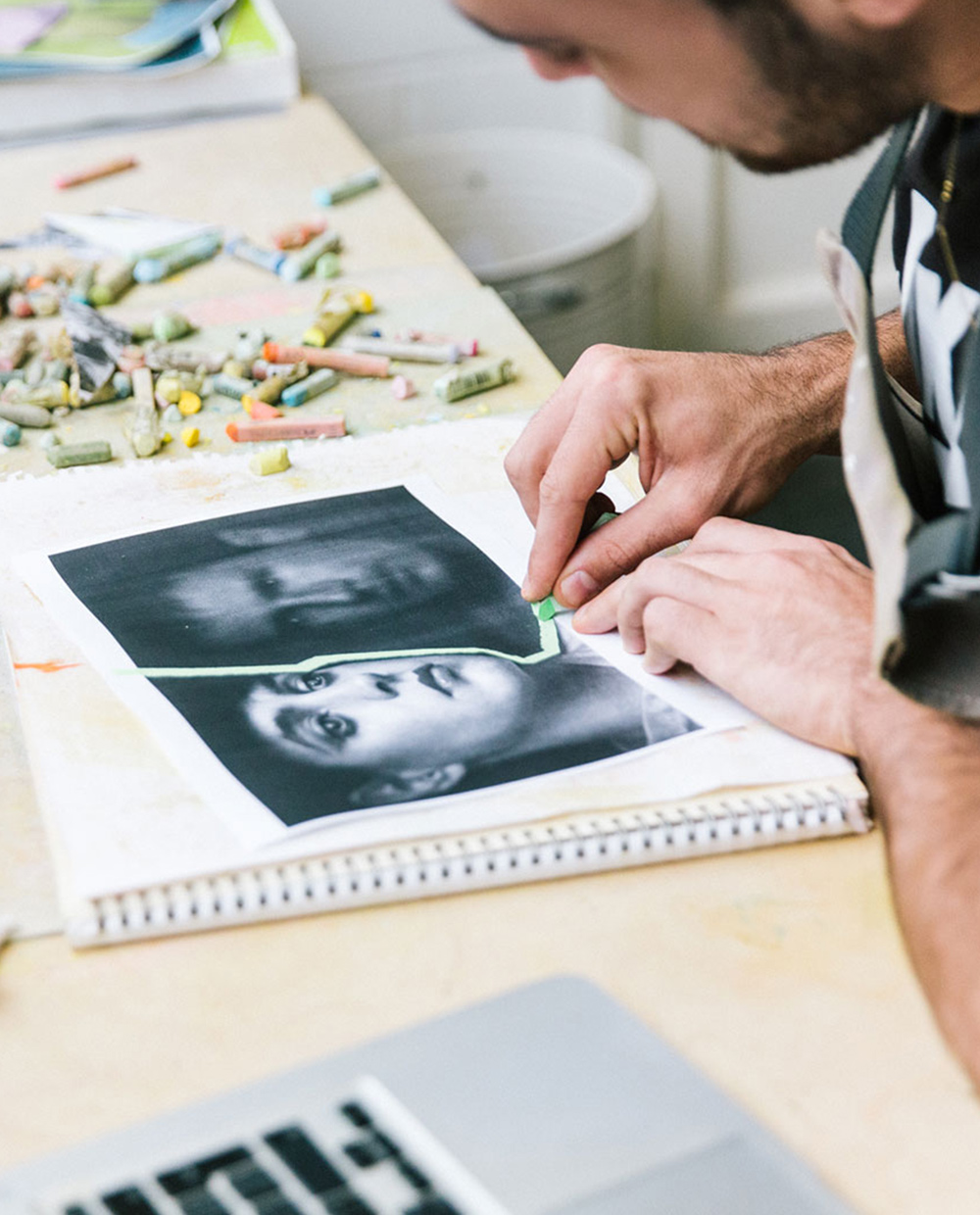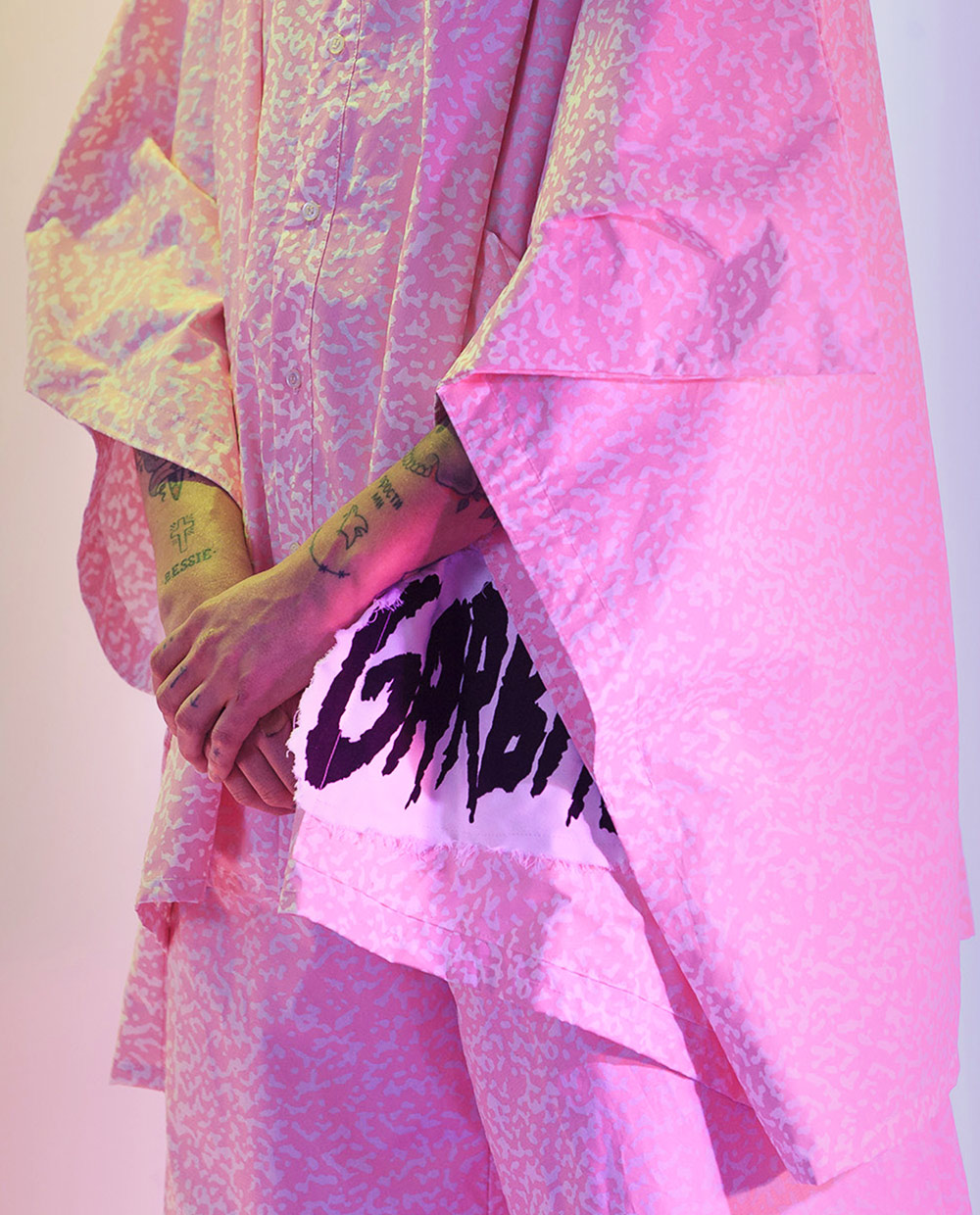Be@rbrick

Produced by Medicom, the first Be@rbrick was released in 2001 as a free gift to visitors of the World Character Convention 12 in Tokyo. The Standard Be@rbrick size is seven centimetres high and commonly referred to as 100%, other Be@rbricks are named relative to the standard — 50%, 70%, 400% and 1000%. 100% Be@rbricks usually run in series, with each series including 18 figures in different themes that are constant from series to series. These themes are as follows; Basic, Jellybean, Pattern, Flag, Horror, SF, Cute, Animal, Artist, and Hero. Often sold in blind box assortments, 100% figures are packed into small boxes with no indication of the particular figure inside — instead, the frequency in which each figure appears in the series is stated as percentages. A staple in every creative office and bedroom, Be@brick boast notable collabs with Coco Chanel, Swarovski, colette, and more.
KAWS Companion

After finishing school, artist Brian Donnelley, better known as KAWS, made a fateful trip to Japan where he met up with the guys from Hectic, Stash, Futura, Nigo, and Hiroshi Fujiwara. Shortly after in ’99, KAWS was put into contact with Hikaru Iwanaga, the founder of Bounty Hunter who suggested he make a toy. From his paintings over ad posters, he wanted a derivative of something recognisable to make sense alongside the work he was already producing, but in 3D. Looking to animation, he recognised a pattern of similar body forms – boots, gloves – and came to the conclusion that Mickey was the most recognisable character he could flip with his signature skull and crossbones. The first Companion was born, an edition of 500 in three colourways. Since then, the characters have gone on to become larger-than-life sculptures with smaller Companions popping up for sale from time-to-time through reputable galleries such as MoMA and Perrotin.
Michael Lau

Hong Kong artist Michael Lau is often referred to as the founder of the urban vinyl toy movement. His work is heavily graffiti and skate influenced, often displaying in small galleries around Hong Kong. Working as a window display designer, he then looked to the advertising industry for employment and in 1998 began the Gardener comic strip in East Touch magazine. The characters created for this comic strip were the basis for his first series of 12” vinyl figures that went on to be the medium for collaborations with the likes of Carhartt WIP, Porter, Marharishi and Nike.
Agent Nigo

Released in 1998 by Medicom and limited to 1000 pieces, the Agent Nigo figure is every BAPE/Nigo fan’s plastic dream. The representative of A.P.E. (Agency Preventive Evil) comes in full Bape regalia and employs Nigo’s love for the Planet of the Apes franchise, it even includes a removable ape mask revealing Nigo’s somewhat questionable likeness. Nonetheless, this is definitely one to grab if you’re lucky enough to come across it.
VCD Mickey

Disney’s poster boy has gone through countless variations over the years, from clothing to food, the mouse everyone has come to know and love has been on everything at least twice. So how could Medicom possibly switch it up? The VCD Mickey series sees him in a variety of iterations — from the Hardrock version that caused a buzz a few years back when it popped up on Ian Connor’s Instagram, to the NEIGHBORHOOD collab that features both Mickey and fable’s very own Big Bad Wolf.
Christ Unlimited

The Christ Unlimited figures originally designed by artist Herman Makkink are probably most recognised as props from Alex DeLarge’s bedroom in the cult film A Clockwork Orange. The statues were inspired by a crucified Christ statuette that Makkink had found and reworked into the above pose. Reimagined a number of times by you guessed it, Medicom, the 52cm statues come as a pair — you’ll need to double up to replicate the set of four featured in the film.
Mr. DOB

Mr. DOB is the whimsical, sharp-toothed creation of Japanese fine artist Takashi Murakami. His name comes from the Japanese slang expression “dobojite” or “why?” and is literally spelled out over his face, ensuring we recognise him in spite of his ever-changing appearance.
Pointman

Founded in 1992 by James Lavelle and Tim Goldsworthy, British electronica outfit UNKLE teamed up with Futura who was asked to design the cover art for their debut album Psyence Fiction. With the success of UNKLE’s album came the success of the Pointman, getting picked up by Medicom who produced Pointman toys in collaboration with A Bathing Ape, Nike, and Levi’s, to name a few. In Futura’s words, “Without the UNKLE experience, I don’t think anyone would have ever heard of the Pointman.”
Luke Chueh

Luke Chueh Employs minimal colour schemes, simple animal characters, and a seemingly endless list of ill-fated situations. Stylistically balancing cute with brute, he often walks the fine line between comedy and tragedy. Chueh’s toys are usually direct interpretations of his paintings which feature his unnamed characters.
Mr. A. Ball

In 1992 a young André Saraiva appeared on television, answering questions from a journalist following tags he had made in the Louvre underground station. Two years later, he began drawing the iconic character Mr. A. The signature cartoon character, who is recognized by its “X” and “O” eyes and wide grin, was finally realised as a vinyl collectible towards the end of last year.
Stüssy x Pay Jay Figure

Jay Dilla’s legacy is definitely one that will live on forever. Dilla’s Pay Jay Productions teamed up with Detroit artist Sintex, Seoul-based toy artist P2PL, and Stüssy to release this playful reinterpretation of the influential producer. Limited to just 2000 pieces, the figure stands at 7.5” tall with removable hat, sampler, and chain, as well as moveable arms.
Sexy Robot

After being approached in the late 1990s by the Sony Corporation to design an organic robotic form, which went on to become the famous Aibo dog, Hajime Sorayama began to paint a series of anatomically correct female robotic figures, coining the term Sexy Robot to describe them. Sorayama produced this collectible figure limited to 100 pieces globally, with each piece accompanied by an autographed guarantee card from Sorayama himself. Nice.
Martin

The first James Jarvis toy, Martin, came out in 1998 for skate company Silas. The story goes that Jarvis was part of the scene at Slam City Skates in London, creating illustrations for their in-house clothing brand, Holmes. When Russell Waterman and Sofia Prantera (the lady now behind Aries Arise) set up Silas, they invited him to work with them. Hugely popular in Japan, Silas’ distributor there was connected to Bounty Hunter, the company that kicked off the artist-driven designer toy market. The idea of creating a toy was put to Jarvis and the rest is history.
Smorkin’ Labbit

Spanish born Frank Kozik is often credited with single handedly reviving the lost art of the concert poster. His career rose largely out of his enthusiasm for Austin’s growing underground punk scene in the early eighties. In 1981, he began designing and posting flyers for friends’ bands on telephone poles. His reputation quickly grew as an artist whose work was graphically compelling and culturally gripping. He now works closely with Kidrobot and many other toy companies to produce his pieces, including many versions of his iconic Smorkin’ Labbit character. To date, he has designed over 500 different limited edition figures.
Ron English

Amongst the most prolific and recognizable artists alive today, Ron English has bombed the global landscape with unforgettable images; on the street, in museums, in movies, books, and television. He has also produced a weighty amount of art toys, most of which any collector would be proud to have amongst their archives. From the Teletubbies to Mario, English has flipped many a character, adding his signature skull grin to produce his toys.






